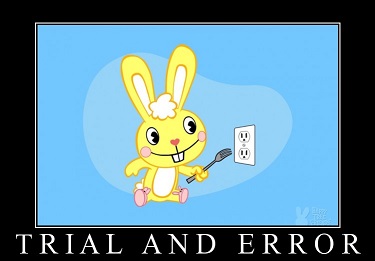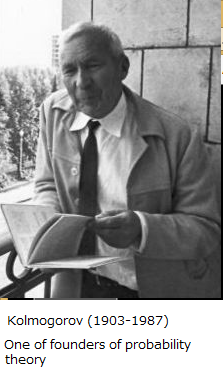First, we have a question:
in spite that others ( i.e., Newtonian mechanics, the theory of relativity ) do not.
Or, in the first place,
This question will be answered below ( or, throughout this book ).
The linguistic Copenhagen interpretation
 Axioms 1 (measurement ) and 2 ( causality ) are all of quantum language. Therefore,
Axioms 1 (measurement ) and 2 ( causality ) are all of quantum language. Therefore,
| $(A_1)$: | after learning Axioms 1 and 2 by rote, we nood to brush up our skills to use them through trial and error. |
| $(A_2)$: | experience is the best teacher, or, custom makes all things |
| (B): | A manual helps us to master the rulles quickly. |
The linguistic interpretation (This will be explained in $\S$3.1)
The most important statement in the linguistic interpretation is
"Only one measurement is permitted"
The most important statement in the linguistic interpretation is
To put it strongly, we say the following opposite statements concerning the linguistic interpretation:
| $(E_1)$: | through trial and error, we can progress without the linguistic interpretation. |
| $(E_2)$: | all that are written in this note are a part of the linguistic interpretation. |
which are the same assertions from the opposite standing points. In this sense, there is a reason to consider that this lecture note is something like a cookbook. Of course, these (i.e., (E$_1$) and (E$_2$)) are extreme representations.
| $\fbox{Note 1.5}$ | Kolmogorov's probability theory starts from the following spell:

Therefore, I am optimistic to believe that the linguistic interpretation "Only one measurement is permitted" can be acquired, after trial and error, if we start from Axioms 1 and 2. In fact, I myself acquired skill of the linguistic interpretation with this method. 
So, I consider, as mentioned in (E$_1$), that we can theoretically do well without the linguistic interpretation.Also, one of our purposes may be to assert |
